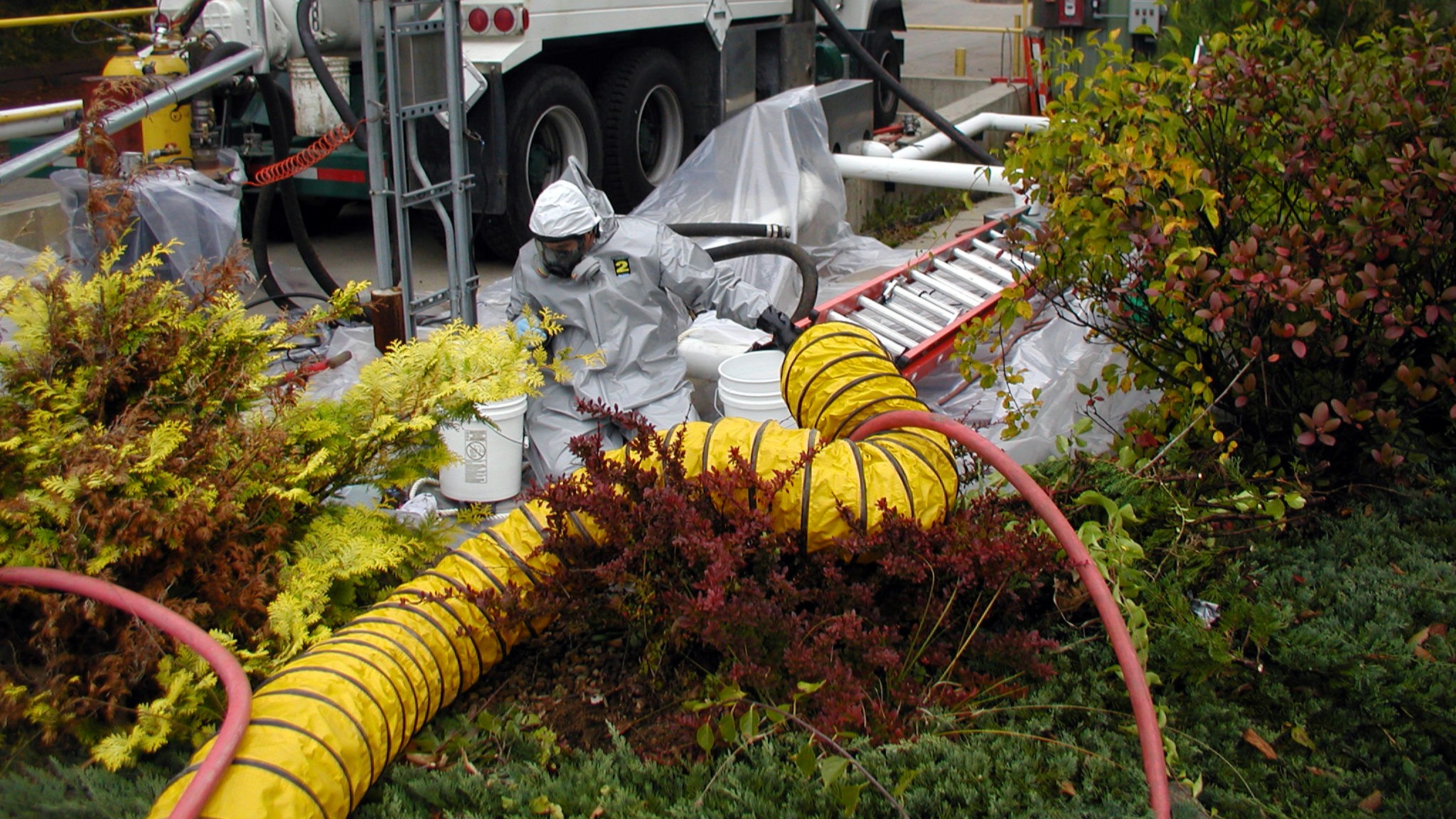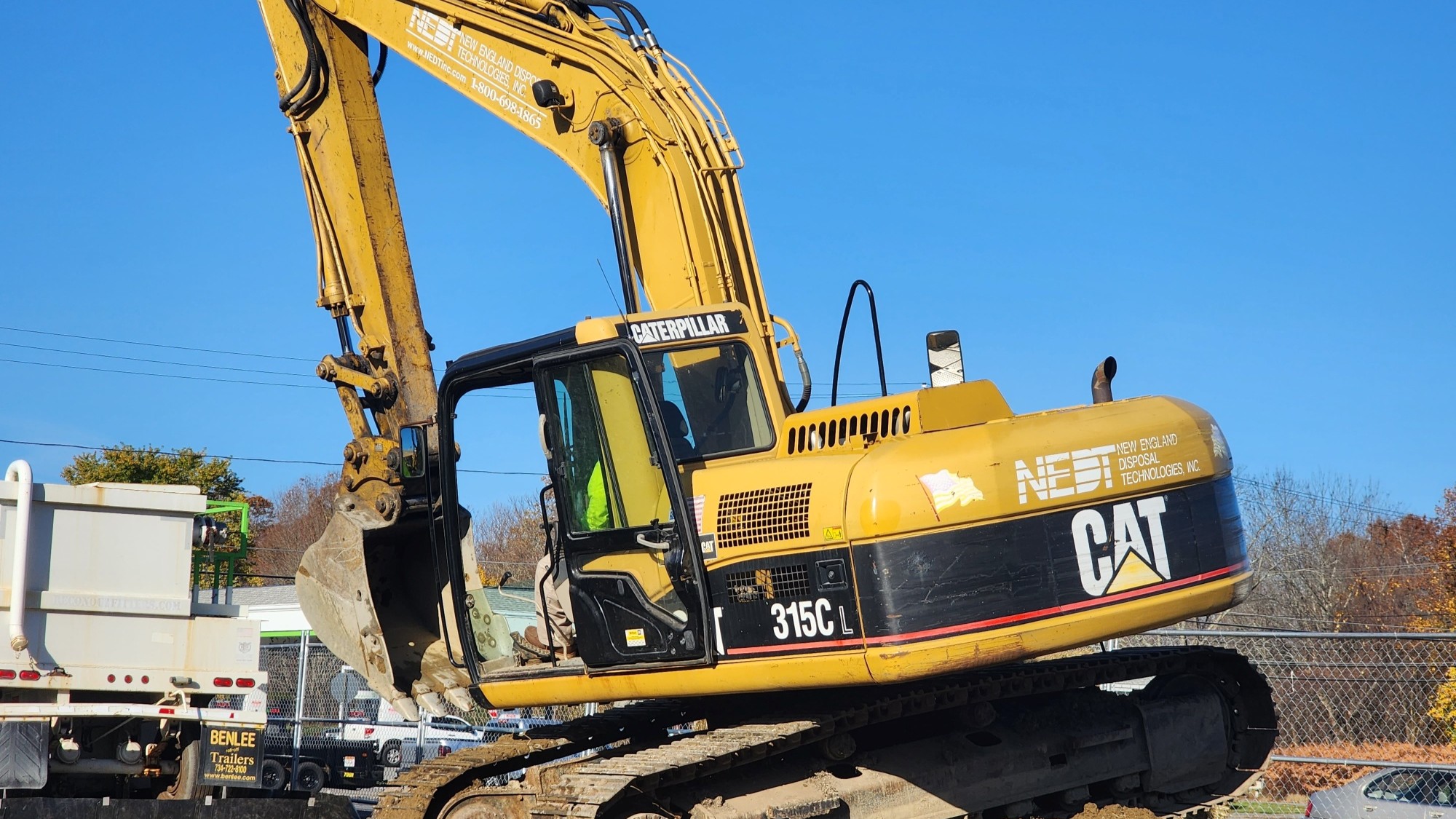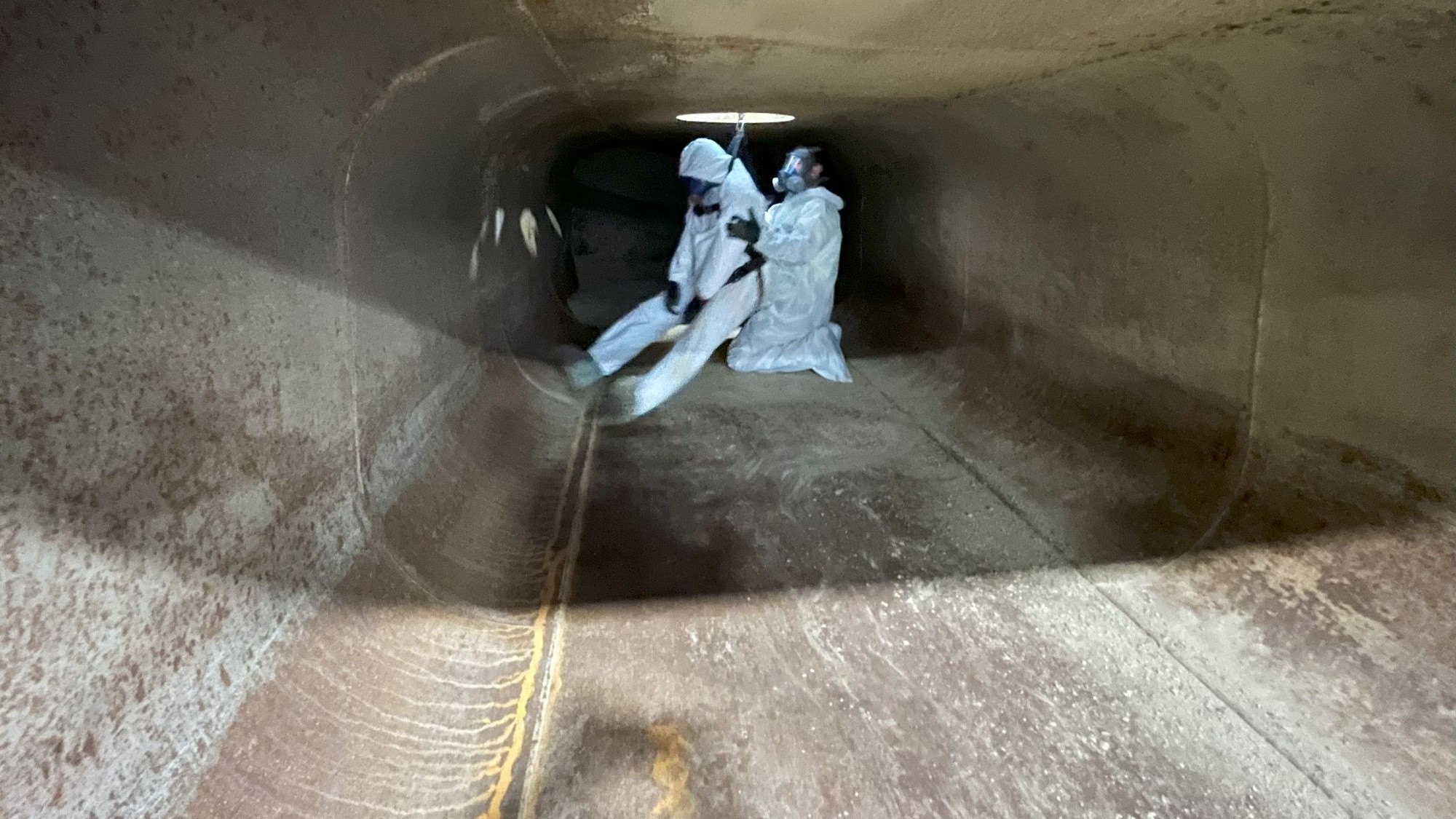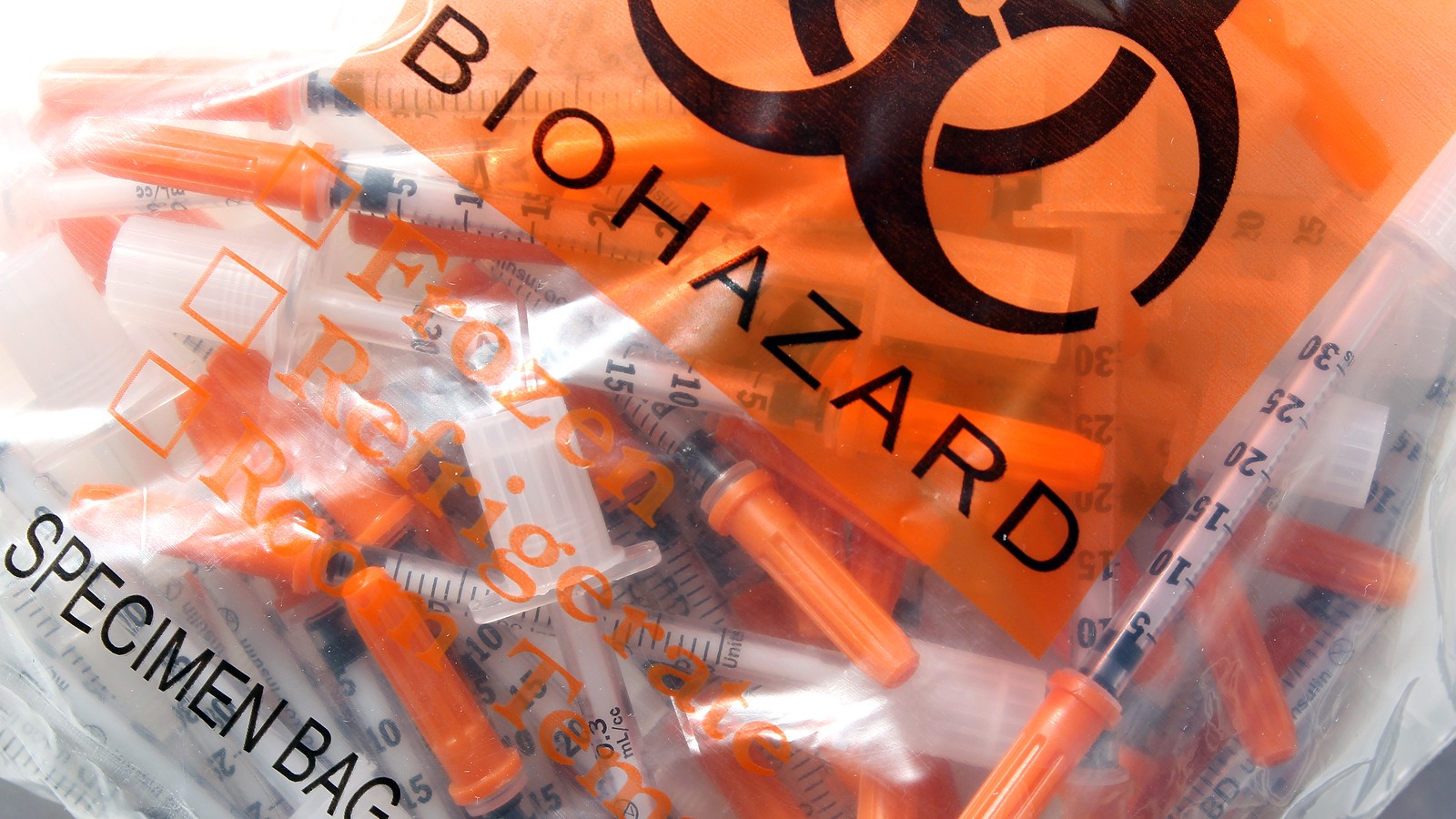Here at NEDT, we collaborate with a diverse network of hazardous waste disposal facilities throughout New England to meet the logistical, financial, and ethical requirements of the commercial and industrial businesses we partner with. Part of this includes auditing hazardous waste disposal facilities to ensure they can deliver on their promises and avoid issues with your hazardous waste and associated liabilities.
What Goes into a Hazardous Waste Disposal Facility Audit?
It’s essential to do your due diligence when it comes to your disposal facilities. We regularly audit these facilities to make sure they are in compliance and to reduce the risk your company faces if your waste isn’t properly disposed of, including:
- Proper Waste Management and Storage: We ensure that the waste we transport is properly handled and stored on-site at these facilities.
- Accurate Treatment & Disposal Methods: We review the hazardous waste treatment methods advertised to ensure they align with your company’s environmental responsibility.
- Federal and State Regulatory Compliance: We ensure facilities comply with EPA and state regulations and rules governing hazardous waste, eliminating the risk of liability associated with hazardous waste disposal.
Common Considerations When Picking Disposal Facilities
Many of the above considerations for disposal facility audits also need to be factored into the hazardous waste disposal you select as a company.
Proper Profiling and Managing of Waste Streams
First, ensure you’re currently aware of and properly managing, storing, and disposing of your hazardous waste. A full profile should be done at least once and updated whenever new industrial processes are implemented. This includes everything from chemical waste by-products to less obvious waste streams, such as greywater or contaminants. Learn more in our blog, Profiling Hazardous Waste Streams of Your Company for Proper Disposal.
Picking the Right Treatment Methods
Depending on your type of waste and the type of disposal facility, you may have several options for disposal. Picking the right one requires a balance of cost, distance, and environmental responsibility of the treatment method. Common examples include:
- Waste Recycling: Part or all of the waste stream is recycled, allowing reuse in some form.
- Waste Separation: This can include things like wastewater separators and sorting through various small-quantity chemicals, such as during a laboratory clean-out.
- Incineration/Energy Capture: For certain products, proper incineration is the only option. Depending on the thermal value of the waste, this might be used for energy capture.
- Landfilling of Waste: Always the last resort, hazardous waste can be rendered safe for landfilling or placed in specialized landfills that are designed to handle such materials.
Learn more about the types of waste disposal facilities available in our blog, What Hazardous Waste Disposal Facilities Does Your Company Need?
At NEDT, we have over 25 years of experience handling hazardous waste, including ensuring that the disposal facilities to which your waste is entrusted handle it properly. If you’re unsure how your waste streams are currently being handled or want help from the ground up in reviewing the entire process, we can assist you. We offer free disposal estimates and regulatory compliance consultations to ensure your hazardous waste is disposed of as efficiently and responsibly as possible. Contact us today to get started.







